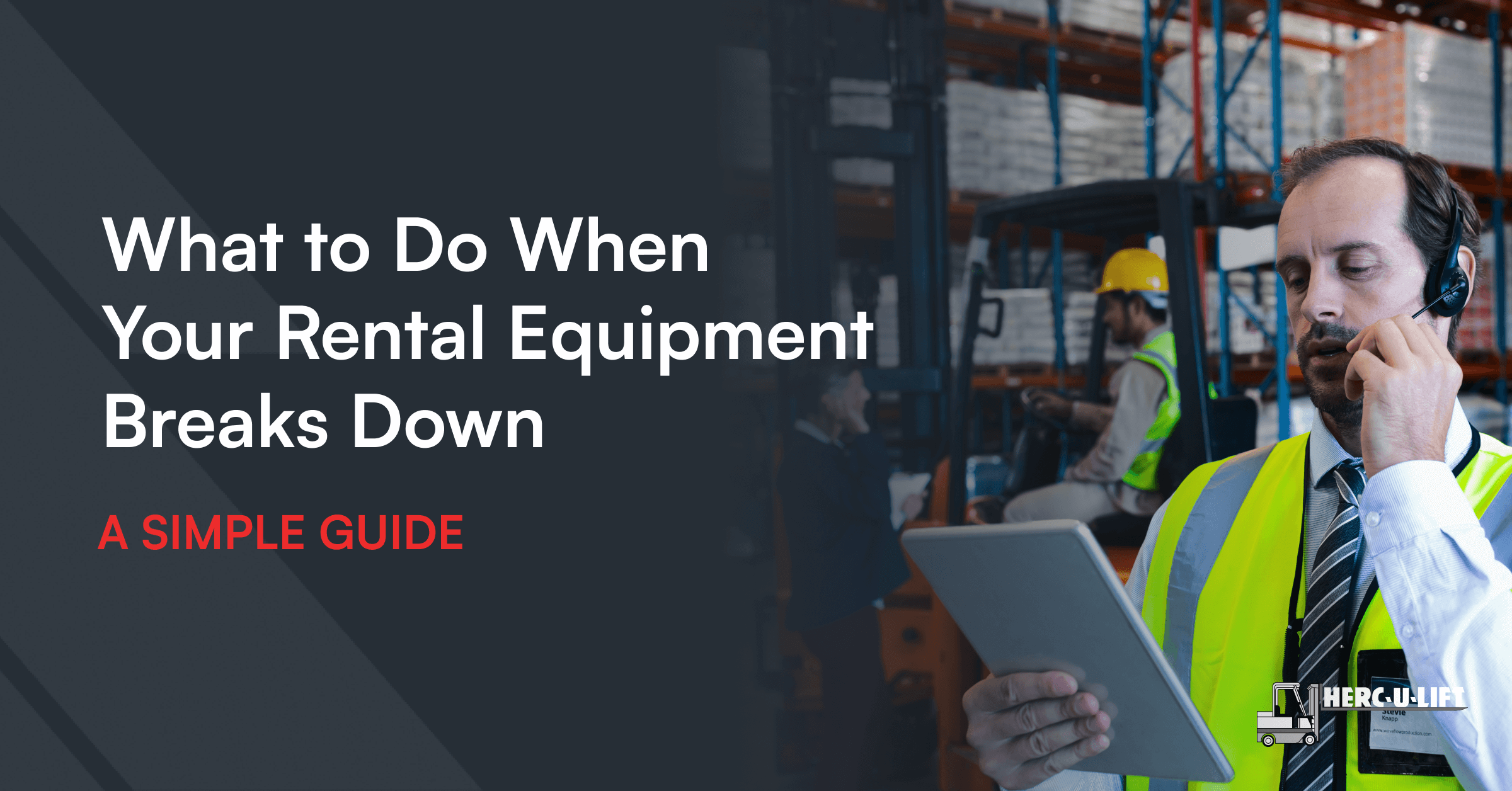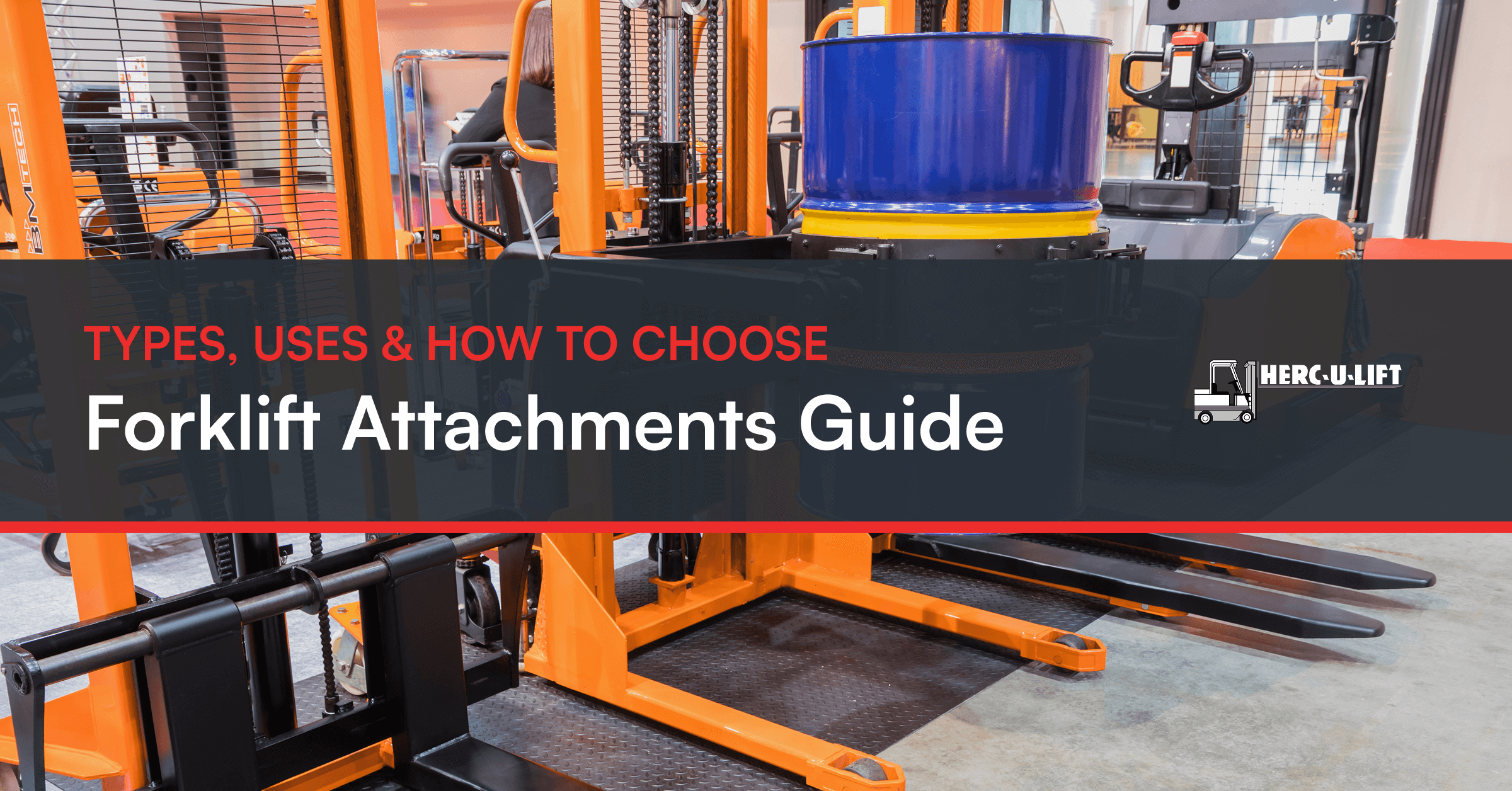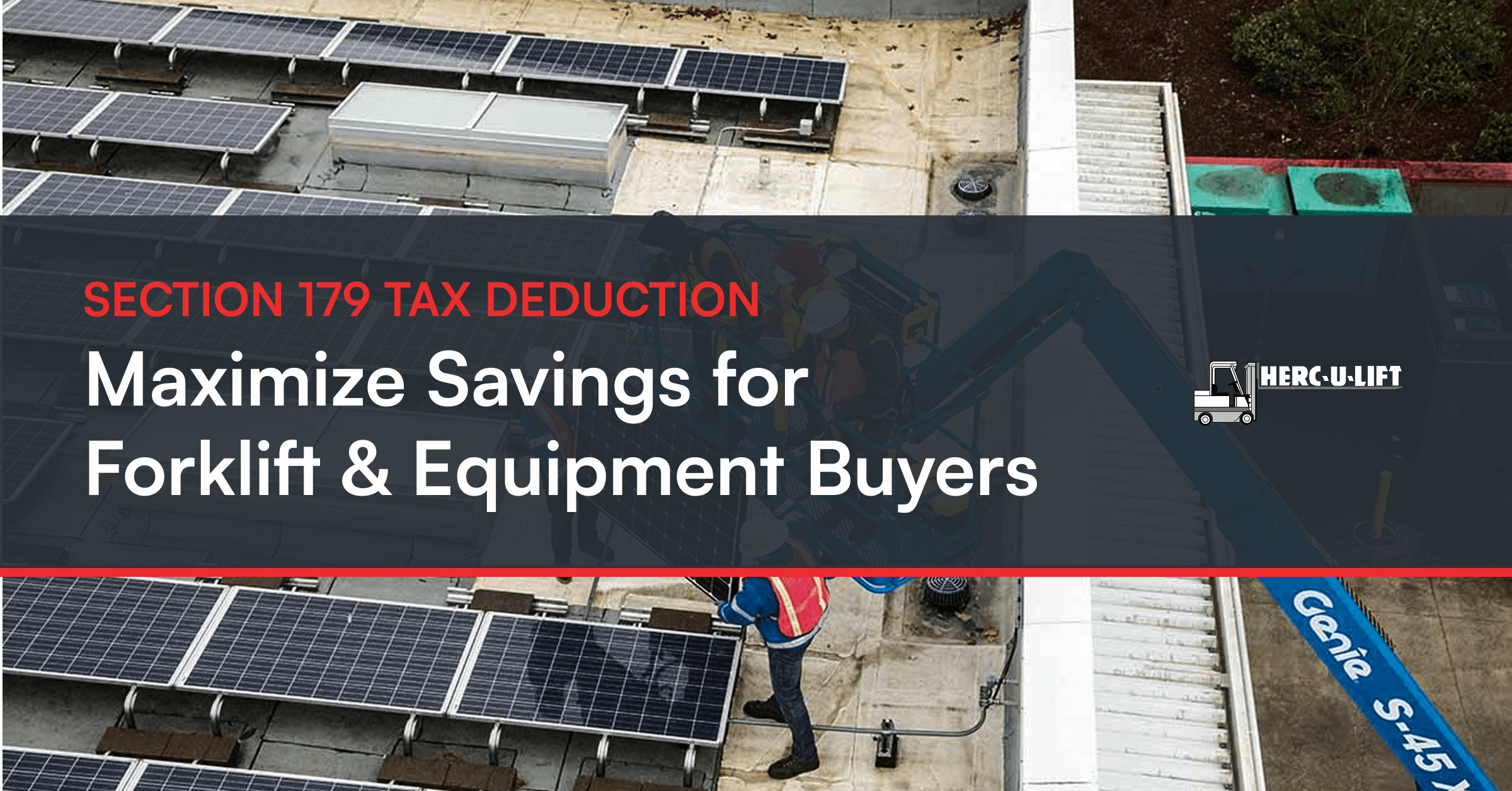Sometimes heavy equipment breaks down when you least expect it. Whether it’s a forklift that won’t move or a telehandler that refuses to start, unexpected downtime can be frustrating. It interrupts progress, disrupts schedules, and causes expensive delays.
The good news? Equipment breakdown doesn’t have to derail your entire operations. Reputable rental companies usually have clear support processes to help renters get back on track. Simply put, they won’t leave you hanging (literally, if you’re stuck up in a scissor lift)!
This article shows you exactly what to do if your rental equipment gives out on you. We’ll cover how to report a problem to your provider and ways they can help you. We’ll even share about what’s typically covered in a rental agreement and what your responsibilities are as a customer. No dense legalese and no scare tactics. Just practical, straight-up info to help you keep the job moving!
First Steps: What to Do When Equipment Breaks Down
Panic never fixed a forklift or any other machine. So, stay calm and stop operation immediately if the equipment starts behaving badly. Watch out for unusual noises, flashing warning lights, and other weird signs.
Continuing to use faulty equipment can make the problem worse. That might seem obvious, but you’d be surprised how many folks try to “just finish one more thing.” Don’t be that guy. Shut the equipment down right away.
Next, secure the area. If a boom or scissor lift suddenly stops (like 20 feet in the air), put up cones, caution tapes, or barriers to block off the area.
Of course, you should also document the issue. Provide accurate information when you contact the rental provider. Take note of the equipment’s make, model, and serial number. Describe the problem in detail. Better yet, snap a photo or a short video.
✅ Pro tip: Some companies have QR codes on their machines. These codes take you straight to their service request portal. If you see one, scan and use it for your convenience.
What Support You Can Expect From the Rental Provider
When you call your provider, a representative will walk you through initial troubleshooting steps. Some basic equipment problems may be resolved over the phone.
If the issue persists, the company will dispatch a field technician to do on-site diagnostics and repair. This often requires a 2 to 4 hour window, depending on your location and the issue’s severity.
If the machine is truly down, equipment replacement may be necessary. The provider will probably give you something with the same specs and capabilities. Not the exact same model.
What’s Typically Covered in a Service or Support Plan
A standard rental agreement generally includes:
✅Access to a 24/7 support hotline (varies by provider).
✅Field technician dispatch for on-site repairs.
✅Equipment replacement if downtime exceeds a set number of hours (typically 24 to 48 hours).
Optional add-on coverage may include damage waiver (minor accidental damage) and full protection plans (theft, vandalism, weather damage).
Meanwhile, some of the most common coverage exclusions are:
🚫Damage due to operator error, neglect, or misuse.
🚫Improper fueling (e.g., diesel in a gas engine).
🚫Flat tires, missing accessories, or attachments.
🚫Unauthorized repairs or modifications.
Always review the agreement or coverage plan before renting a machine. They may vary from one provider to another.
Who Is Responsible for What?
Understanding who’s responsible for what sets clear expectations between rentals and customers.
Rental provider responsibilities include ensuring equipment is in working condition upon delivery. They should also provide operator instructions and safety materials. Likewise, they should promptly respond to service calls, dispatch technicians, or replace units as needed.
On the other hand, customer responsibilities mainly revolve around proper equipment handling. Additionally, they should perform daily checks and report issues as soon as they arise. Of course, customers should not attempt to do unauthorized repairs. If damage occurs due to misuse or neglect, it could void the customer’s coverage.
Tips to Minimize Downtime
While some breakdowns are unavoidable, there are effective ways to reduce the risks of having a bad equipment day.
For example, doing pre-rental inspection works for your advantage. Before accepting a machine, check the controls, safety features, lights, and alarms. Also, make sure the tires and attachments are in great condition. If something doesn’t seem right, inform your provider right away.
After receiving a machine, do complete preventive checks daily. Encourage operators to do a quick walkaround before each shift. Watch out for leaks, loose pins, and low fuel levels. Quick inspections done for 5 minutes a day can save you hours of downtime.
Ensure operator training happens. A well-trained operator is less likely to misuse rental equipment.
Keep provider contact info on-site. Post support numbers or app login details visible for everyone. With this, crew members will know how to contact the company during emergencies.
FAQs About Equipment Breakdowns
Many providers have 24/7 emergency lines. Take note, however, that only urgent issues are usually prioritized. Minor issues are often addressed the next morning.
Maybe. It depends on the rental agreement and how long the machine was out. Ask your provider to be sure. They’re usually fair if the problem wasn’t your fault.
The provider typically covers normal wear and tear. However, charges apply for misuse or failure to report an early issue.
Tempting, but no. Doing so may void your agreement or shift liability to you. Always contact the rental provider first.




 →
→

